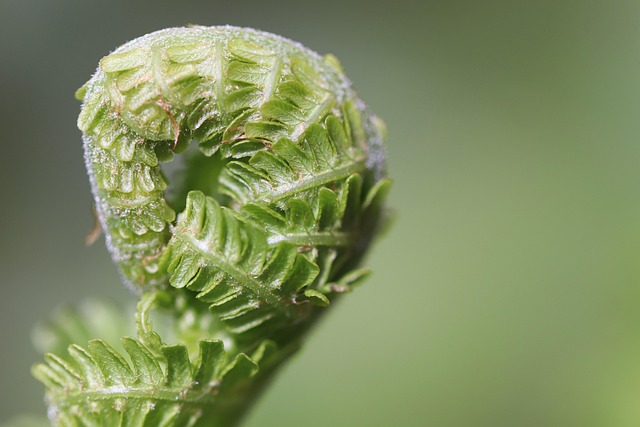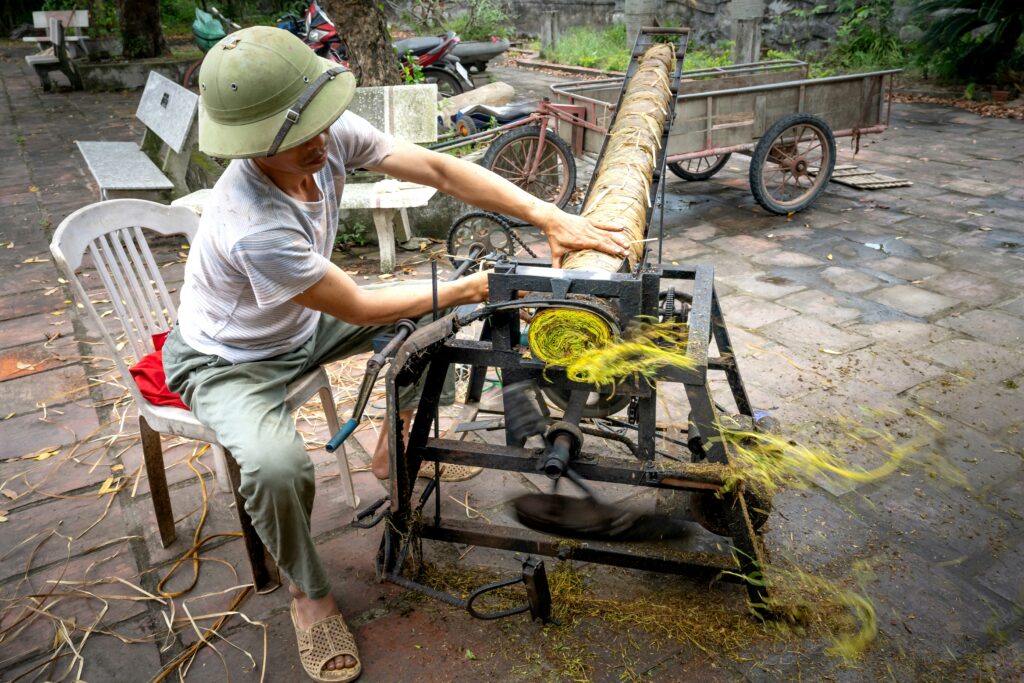Know Your Garden Goals: Edible, Ornamental, or Functional?
Before you start planting, it’s essential to identify your garden’s primary purpose. Are you growing for food, beauty, or a practical function? Each choice brings different design considerations, plant types, and maintenance levels.
Types of Gardens to Consider
- Edible Gardens: Great for growing fruits, vegetables, and herbs. Offers a direct reward for your effort, but often requires more care, planning, and regular harvesting.
- Ornamental Gardens: Focuses on visual appeal through flowering plants, decorative grasses, and color themes. Usually less demanding in terms of harvest but still needs pruning and upkeep.
- Functional Gardens: Designed with utility in mind. These might provide
- Shade from trees or tall shrubs
- Natural privacy screens along fences or borders
- Pollinator habitats using native wildflowers and nectar-rich plants
Aligning Your Garden With Your Lifestyle
Garden success begins with understanding your available time and energy. A garden that aligns with your lifestyle will be easier to sustain and more enjoyable to manage.
Ask yourself:
- How many hours per week can I realistically commit?
- Do I enjoy daily upkeep or prefer a low-maintenance setup?
- Am I comfortable with some trial and error, or do I need a structured plan?
Start Small and Grow with Confidence
Many new gardeners over-plant early on, leading to overwhelm and burnout. Starting small allows you to
- Learn from your space and climate
- Adjust based on what works (and what doesn’t)
- Avoid wasted plants and money
Choose 2 to 3 core plants or beds to focus on initially. Build success through simple wins before taking on more ambitious plans.
Gardening isn’t just about pretty planters and camera-friendly sunsets. In 2024, creators are digging into it for deeper reasons—mental clarity, fresh food, and the simple satisfaction of doing something real. More vloggers are picking up trowels as a way to talk about burnout, show off homegrown meals, or share money-saving tips that actually work.
Whether it’s a back porch in Minneapolis or a windowsill in Tokyo, gardening reconnects you to the basics. It forces patience, rewards consistency, and puts you in sync with the natural rhythm of things—a nice reset when the rest of life is locked into constant scroll.
And the ROI? You don’t need acres. A few pots of herbs can lead to recipe content. Homegrown lettuce can spin off daily vlogs on lifestyle, wellness, and budgeting. This is the kind of content that quietly builds trust—and community. The effort is minimal. The impact, not so much.
Before you plant a single seed, you need to know your climate zone. It’s not complicated. The USDA Hardiness Zone Map is a good place to start. Just punch in your zip code online and find your number. If you’re in the western U.S., Sunset’s zone system might be more accurate since it includes factors like elevation and rainfall. Both tools give you a baseline for what plants are likely to survive where you live.
But climate isn’t just a number on a map. It tells you when to plant, how long your growing season is, and even how much water your garden might need. Knowing your zone helps you pick plants that won’t throw in the towel after the first frost or flame out in summer heat.
Then there’s the wildcard: microclimates. These are the odd pockets of your yard, patio, or balcony that don’t follow the rules. Maybe a wall traps heat, making it feel like a zone warmer. Or a shady dip in the lawn stays cold longer than the rest of your garden. Observation is key here. Spend time outside. See where frost lingers. Notice where wind hits hardest. Your backyard has its own quirks, and they matter more than you think.
Gardening success starts with one simple rule: go with nature, not against it. Fighting your climate, soil type, or regional growing conditions is a fast track to frustration. The better route? Learn what thrives where you live and build around that.
Perennials are the long-game champions. Plant them once, and they come back season after season. They’re low maintenance, cost-effective over time, and foundational for any solid yard plan. Annuals, on the other hand, offer bursts of color but need re-planting every year. Use them like seasonal accents, not the backbone of your garden.
If you’re starting out, lean into regional favorites. They’ve evolved to handle your local conditions—less watering, less fuss. For example, lavender in the Southwest, hostas in the Midwest, or sedum in the Northeast. These plants are often more resistant to local pests too, saving you from overusing chemicals or dealing with constant plant turnover.
Need a cheat sheet? Start with this: 10 Low-Maintenance Plants for a Beautiful Year-Round Yard. It’s gardening that makes sense for your zip code—and your time budget.
Smart Garden Hacks That Actually Work
Maintaining your garden doesn’t have to mean long hours or expensive tools. The right gear and a few clever tricks can simplify your routine and boost your garden’s productivity. Here’s how to garden smarter, not harder.
Time-Saving Gear You’ll Actually Use
When it comes to gardening tools, a few basics can save you hours of effort each week:
- Durable gloves: Protect your hands while reducing fatigue and improving grip.
- Expandable hoses: Lightweight and easy to maneuver, these hoses make watering faster.
- Hose timers: Automate your irrigation schedule to avoid over or under-watering.
- Garden kneelers: Reduce stress on joints and make weeding or planting more comfortable.
Go Natural: Cheap and Effective Soil Helpers
Skip the expensive fertilizers and time-consuming tricks. Go back to the basics with these proven techniques:
- Compost as a powerhouse: Organic kitchen scraps turn into nutrient-rich compost that regenerates your soil.
- Natural mulch: Straw, shredded leaves, or grass clippings retain moisture and suppress weeds.
- Watering smart: Water early in the morning or use drip irrigation to reduce waste and keep roots healthy.
DIY Solutions That Work Hard for You
Forget fancy hardware store gadgets. These do-it-yourself fixes are budget-friendly and surprisingly effective:
- Homemade plant supports: Use bamboo sticks, old broom handles, or even recycled tomato cages to prop up growing plants.
- Simple shade cloths: Protect plants from harsh sun with old sheets or lightweight fabric stretched over curved PVC pipes.
- Upcycled containers: Buckets, milk jugs, and other household items can become planters or watering devices.
Getting more from your garden doesn’t have to mean spending more time or money. With thoughtful gear and a few backyard hacks, you can enjoy a thriving garden with much less effort.
Healthy soil is the backbone of any thriving garden, whether it’s a few pots on a patio or a backyard setup. Good soil holds nutrients, drains well, and supports active microbial life. If your crops always look tired, it’s probably not your watering routine—it’s your dirt.
To check your soil, start with a basic test. You can grab a kit online or at a garden center. Look for pH levels, nitrogen, phosphorus, and potassium. If numbers are off, amend accordingly. Compost is your friend. So are worm castings and cover crops if you’re in it for the long haul.
Now, about where you grow: containers are flexible and great for limited space. They let you control soil quality but dry out fast and need frequent feeding. In-ground beds benefit from natural soil ecosystems but require good starting conditions and decent drainage. Raised beds offer a middle ground—better drainage, faster warming in spring, and full soil control—but they need upfront building and filling.
No matter what you’re working with, two factors stay non-negotiable. First, drainage. Roots rot if water sits too long. Make sure containers have holes and garden beds aren’t in low spots. Second: sunlight. Most vegetables and herbs need 6 to 8 hours of direct sun. You can’t fake that with grow lights unless you plan on turning your house into a studio.
Start with the soil. Get it right, and most other problems shrink fast.
New vloggers aren’t the only ones learning on the fly. First-time plant parents are out here making all the rookie mistakes. The top three? Overwatering, inviting pests in through poor airflow or dirty pots, and underfeeding their plants. Roots hate soggy soil. Bugs love stress. And starving your plant of nutrients is like skipping meals and wondering why you’re tired.
Your plant will almost always tell you something’s wrong—if you’re paying attention. Look for yellowing leaves, droopiness that doesn’t perk up after watering, or a sticky residue (a pest red flag). If the soil smells funky, that’s usually rot. Crispy edges? Possibly too much direct sun or not enough humidity. A plant that’s stressed won’t thrive, but most bounce back fast if you catch and adjust early.
Sometimes the best move is no move. If your plant just got repotted, don’t touch it for a while. New growth but slow progress? That doesn’t mean prune—it means wait. Transplant only when the roots are packed tight and circling. Prune when growth gets leggy or a leaf is clearly done. Otherwise, hold off. Plants have their own rhythm. Trusting it goes a long way.
Your first season of vlogging isn’t about going viral. It’s about figuring out how to show up, even when the lighting is bad, your voice feels flat, or you’re not sure anyone is watching. This is when you build the foundation. Forget perfection. Focus on habits.
One of the best things you can do during this stage is track your own growth. Keep a digital photo log or a quick notes app journal. What did you try this week? What worked? What felt off? It doesn’t need to be polished—just honest. Treat it like planting a garden. You won’t harvest anything big right away, but you’ll start to see patterns in what’s thriving.
And let’s talk about consistency. Making content regularly is more important than making it flawless. Missed a beat? Get back on track and move forward. Done is better than perfect when you’re learning.
If you stick with it, you’ll realize your first season taught you more than any tutorial ever could.
Gardening doesn’t have to be complicated or require a big yard. Composting at home starts with kitchen scraps — think coffee grounds, banana peels, veggie trimmings. Toss them in a small bin with yard waste like dry leaves and you’re on your way to nutrient-rich soil. No special equipment, just consistency and a little patience.
Rainwater collection is just as approachable. A basic barrel under a downspout can save gallons over time. It’s low effort, especially in wetter months, and plants appreciate untreated water more than what comes out of the hose.
Want momentum? Connect with others. Local garden clubs, community groups, or seed exchanges are low-key ways to swap ideas, share tips, and find inspiration. You don’t need to be a plant expert — just curious enough to start.


 Vicky Skinneriez brings sharp research and fresh perspectives to the platform. As a key contributor at drhextreriorly, she covers software advancements, modern app ecosystems, and the evolving digital landscape. Vicky’s writing blends accuracy with creativity, helping readers understand the real impact of today’s most important tech developments.
Vicky Skinneriez brings sharp research and fresh perspectives to the platform. As a key contributor at drhextreriorly, she covers software advancements, modern app ecosystems, and the evolving digital landscape. Vicky’s writing blends accuracy with creativity, helping readers understand the real impact of today’s most important tech developments.

